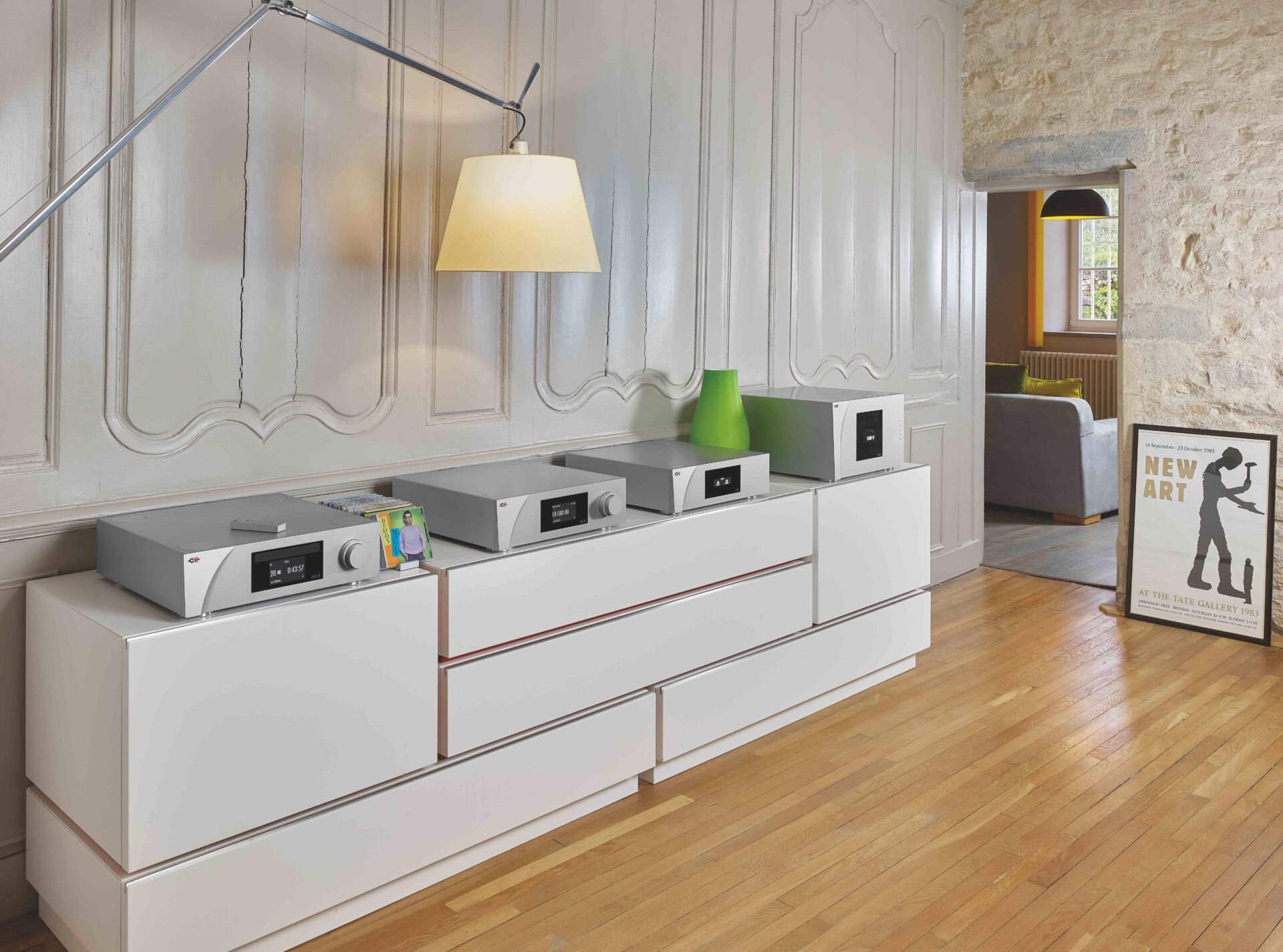File replay is a whole different question. The simple answer is that the C1.2 will happily replay streamed or locally stored files. It prefers to do so via its Ethernet input (rather than USB) but such are the vagaries of file quality and network topology that I hesitate to state definitive results until I’ve had more time to work on optimising the set-up and associated ancillaries (something that I’m working on and will report on later). Currently, I’m getting very good results from locally stored material, but as expected, it doesn’t compare to the disc replay – a reflection of the general status quo and in this case another indicator of just how musically capable the D1.5/C1.2 combination is. I prefer to dwell on the performance of the DAC with the source that stretches it, given that its inherent qualities will also emerge with other sources in other systems. Either way, whether that source is disc or streamed, the C1.2 is going to represent a significant musical step over and above both the C1 and a lot of other, competing hardware.

One other practical/operational aspect of the C1.2 is also worthy of comment. Personally (and I do mean personally), I’m deeply suspicious of any system that connects the variable output of its DAC directly to its power amp(s). For me, a really good line-stage will ALWAYS improve things. But having said that, really good line-stages are both rare and invariably expensive. Gritting my teeth, I forced myself to switch the C1.2 to Controller mode and connected its outputs directly to both CH Precision and VTL power amps – and was pleasantly surprised. Even slightly shocked, especially given previous experience with the C1. There have been changes to the volume control arrangements in the C1.2 and whether or not those are responsible, this is now, very definitely, a viable System Controller. The last DAC that performed anywhere near as well as this in the Controller role was the JRDG Aeris. Yes, the C1.2 lost some of the scale, bass definition and dynamic authority that come from the L1 or TL-7.5, but it wasn’t the limp-wristed disaster that normally occurs. Even large-scale pieces maintained a sense of purpose, direction and momentum. I’ll still take a really good line-stage EVERY time – and it’s probably no coincidence that both Jeff Rowland and CH have units on the (very) short list of those line-stages that I find acceptable! But if you are one of those who favour the Digital System Controller approach, I’m not sure you will find a better example than this, musically, sonically or operationally. Given the C1.2’s upgradability and its ability to accept analogue inputs, it certainly makes a strong case for serious consideration.
Endless loop…
It is interesting to speculate just how much of a part the C1.2’s synchronous decoding plays in its temporal security and resulting musical virtues. On a technical level, I have absolutely no way of knowing the answer to that question – and it’s not like the C1.2 suddenly switched to synchronous processing. All CH digital products have always operated synchronous processing, so that includes the D1 and C1, which the D1.5 and C1.2 so handily outperform. However, listening to the results, it is a proposition that, in combination with the massive increase in processing power, makes a certain, intuitive sense. It’s not just the precision of the spacing and placing of notes, but the overall temporal authority that the C1.2 brings to musical proceedings that sets it apart from the high-bit/big number norm. As I pointed out earlier, where a-synchronous systems (the majority of up-sampling DACS) take the first sample and then completely rewrite the bit-stream thereafter, synchronous systems retain the original samples and fill in the spaces in-between. Which is exactly what the C1.2 sounds like… It doesn’t so much give you ‘more’ per se: it harnesses the extra information to fleshing out and bringing greater clarity and organisation to what’s already there.

